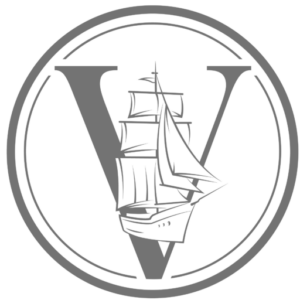How do you stay ahead in the “war for talent”? — You are a committed employer. Your employer branding is right. Yet your workforce doesn’t seem very enthusiastic. Applicants are staying away. The solution to the riddle: You don’t have the methods to get the power on the road. This requires more than traditional HR management. HR management today needs mindsets and processes that are familiar from product management, marketing, sales and customer loyalty. In this feature of our Valdivia Employer Branding series, we present the most important points of contact — and use them to promote cross-departmental collaboration.
Borrowing from Marketing & Sales
Modern recruiting today utilises the same approaches, tools and media as product marketing. We have already presented individual forms such as social recruiting several times in our newsroom. Here is an overview of the most important parallels:
- Presentation of the offer
Job descriptions need many similar features to a product offer, e.g. benefits or advantages over competitors. Content marketing also has its place: companies become more understandable and accessible via corporate blogs and social media; potential interested parties are motivated to stay in touch.
- Target groups
As with product offers, content and media should match the applicants you are looking for. A “one-fits-all” format for job adverts no longer appeals to anyone today.
- Appearance
Design and language should also fulfil the purpose. If you promise a positive working atmosphere, for example, people want to feel this as soon as they read it: “Just write to us. We look forward to hearing from you!” instead of “We look forward to receiving your application.”
- Conclusion
The idea of offering
interested parties several access channels
stems from sales. Variations on the classic application are, for example, informal short applications, video interviews, job exchanges, etc. Unique events, which construction and property companies in particular can realise with their special resources, have a special effect.
HR managers can — and should — clearly benefit from marketing expertise. This also applies to portfolio management, as the following section shows.
Concepts from customer loyalty
“Retention is the new recruiting” is often read these days: keeping existing employees is far cheaper than looking for new ones. We recently presented an effective approach to employee retention. But how can the concepts from customer communication be “translated” for this purpose? Here are a few examples:
- Classics of the analogue world
The poster on the notice board, the company event or the employee magazine are still important tools1 .
- Digital networking
Intranet and employee app offer opportunities that are often barely utilised. For example, group functions can be used to create social networks within the workforce in order to organise leisure activities, hobbies, sport and e‑sports together.
- Media and content
“Lively” image and sound media are particularly popular. This can also be used to retain employees: Podcasts, videos and webinars allow decision-makers and experts to introduce themselves personally and provide interesting insights into their tasks and projects.
Thinking like in product management
Is it possible to treat jobs like products and simply “invent” new ones in order to appear more attractive on the market? At first, this seems difficult to imagine. Job profiles are usually defined by demand, professional qualifications, a professional code of conduct or a legal framework. On the other hand, digitalisation is producing new job profiles almost on a weekly basis, such as the current prompt engineer for AI control.
However, innovative elements can also make traditional jobs more interesting, e.g. through new or expanded development and career opportunities. Similarly, cross-divisional tasks and interface functions can provide an inspiring working environment. Agile working models in particular ((Link 4)) are ideally suited to this.
HR & Marketing together in the lab
The challenge is clear: in times of a labour market, HR managers need a “marketing sense” in order to secure the necessary workforce for companies. Some may already have this today. However, where this sense is not yet present and external help is too expensive, internal collaboration can lead to solutions — for example, by having colleagues from marketing coach HR managers. Such collaboration can also serve as a laboratory project for other new, interesting working models.
1 “Employer branding in B2B — status quo, trends and examples”, Vogel Communications Group 11/2022
(Image source: istockphotos)






































